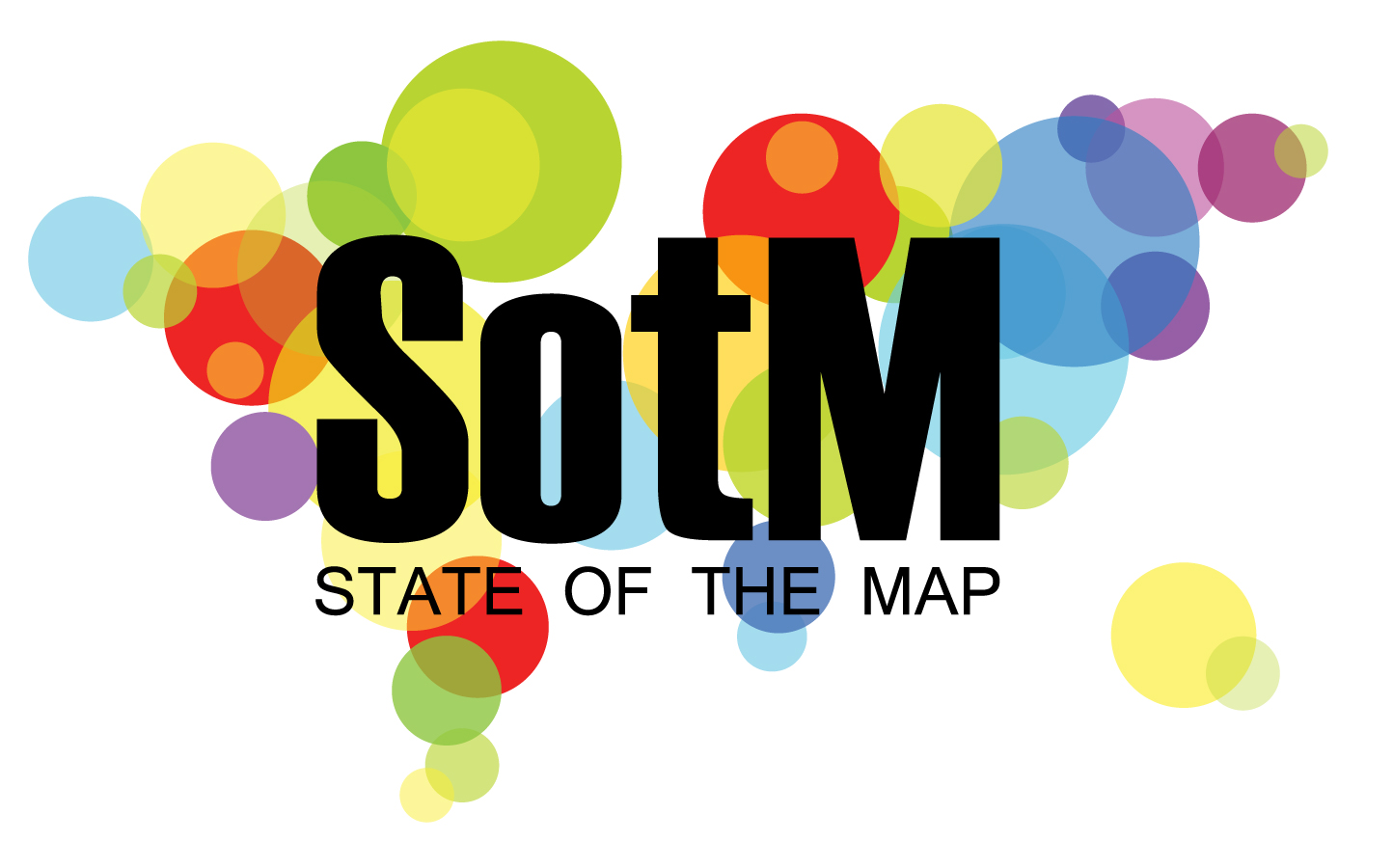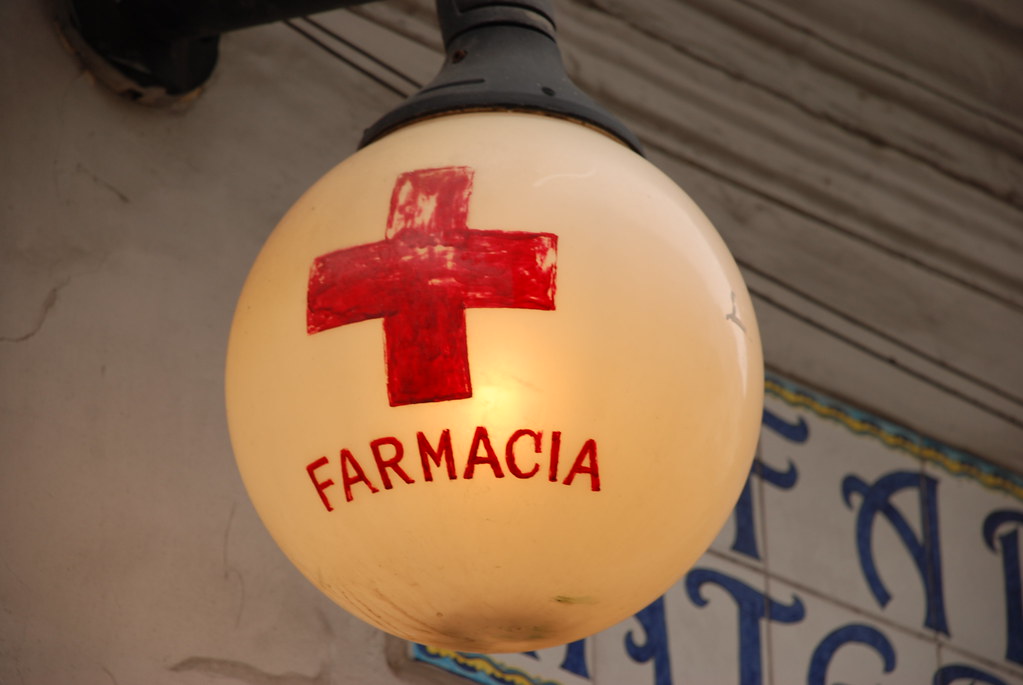Working Group Summary from 19 October to 04 November 2010
The second instalment of these periodic OSMF updates includes information from five Working groups and the OSMF Board.
Summary of License Working Group call of 19 October 2010
Meeting shortened due to only four in attendance. Previous minutes approved.
Group discussion of “Scope 2” item from “Open Issues” page on the wiki. Potential solution to be considered by entire group on next call.
Summary of Data Working Group call of 20 October 2010
The parties in a tagging dispute and endless mutual edit reversions requested intervention by the DWG. The community advised the parties to behave. Further edit-wars will be met with sanctions in the form of account blocks.
Suspected use of OSM data without proper attribution was brought to the attention of DWG. Assigned for contact by a DWG member.
Summary of SotM Working group call of 20 October 2010
Continued selection process from 06 October 2010 meeting. – Vienna, Addis Abbaba, Cuba, Denver and Tallin submitted bids. Denver was selected.
Summary of License Working Group call of 26 October 2010
LWG considered a major revision to CT 1, potentially reducing it to some equivalent of the wikipedia terms, “Content that violates any third-party copyrights will be deleted.”
The discussion of “Scope 2” was raised with the LWG and discussed. The proposed solution of user acceptance and per-changeset opt-out was met with general approval. Further reflection and discussion to consider how this interacts with potential change to CT1.
Summary of OSMF Board call of 29 October 2010
The OSMF board will meet in person in Pisa, Italy on the weekend of 16 December 2010
The board meetings will be held weekly from next Wednesday onwards to increase throughput and reduce reaction times.
The initiative of a SOTM-EU for next year is welcomed by the board but it is unlikely that active support can be expected from the board or the working groups due to limited resources, which will focus on the main SOTM in Denver. The recent (main) SOTM conferences have provided a net income to the OSMF financials and therefore the board does not see a need to provide funding to any regional SOTM.
Summary of Communication Working Group call of 01 November 2010
Analytics configured and implemented for blog.osmfoundation.org (this blog)
CWG approached for link from osm.org to OpenGeoData.org. Deferred until larger conversation on osm.org front page revisions. Existing link to OGD from blogs.openstreetmap.org with other community blogs.
CWG still seeks guidance from theme / style -knowledgeable folks in mediawiki and WordPress. Do you know about these things? Help point us in the right direction!
CWG to continue to solicit other WGs to assist in these summaries.
Summary of License Working Group call of 02 November 2010
Further discussion of reducing CT 1 to a very short clause somewhat similar to Wikipedia’s “Content that violates any third-party copyrights will be deleted.”
LWG notes the prompt reaction to and resolution of a license issue in Colombia. Thank you to all involved in this resolution.
A use of OSM data in a television commercial without attribution was brought to the attention of the LWG. Requires community input.
Summary of Data Working Group call 03 November 2010
Previously mentioned contact (Oct 26) still pending.
Continued encouragement for DWG to take responsibility for moderation on mailing lists, etc. Members of DWG have little enthusiasm for this proposal.
DWG are monitoring the response of company regarding improper attribution of OSM data in Chile.
DWG are following up an offer for improved data regarding an official source of 12nm data.
Summary of OSMF Board call of 03 November 2010
Backlog tasks were assigned for resolution.
Summary of SotM Working group call of 03 November 2010
Introductions between Denver local team and OSMF team.
Summary of Strategic Working Group IRC Chat of 04 November 2010
Initial working meeting for the Strategic Working Group was held on IRC in #osm-strategic. With a full dozen in attendance discussion was lively on the matter of setting a policy for including additional tile layers on the osm.org front page. This conversation will continue at the next meeting.







